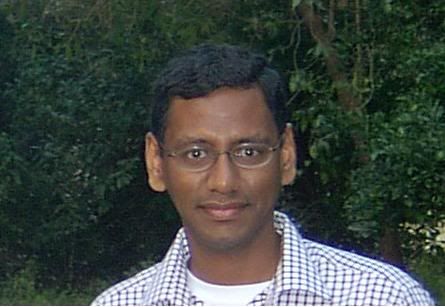eSwarm
eSwarm
"Buyers register for a free account then join current swarms (groups of buyers) or create new ones. Swarms can be focused on any consumer good, debt refinancing, pre-paid gift and debit cards and even insurance products. Sellers then bid for the business." - http://www.techcrunch.com/
That is a very neat idea. The reason larger buyers (like Government, Military, large corporations) get better deals on things like insurance, etc. is because of their volumes. While a single customer might not matter much, as a big group, they have the power to negotiate, strike a better deal and change the whole market dynamics.
I will be eagerly waiting to see how this site evolves. I am surprised eBay and Craigslist are not providing this kind of service. It seems this type of business model would be right up their alley.
Couple of things:
1. Searching for 'Hybrid 19" bike' on google should show a link 'Join the swarm' specific for this product.
2. Instead of businesses just bidding on the price, they should be allowed to offer additional services, or freebies. And the swarm could possibly vote on the offers and select the best offer.
"Buyers register for a free account then join current swarms (groups of buyers) or create new ones. Swarms can be focused on any consumer good, debt refinancing, pre-paid gift and debit cards and even insurance products. Sellers then bid for the business." - http://www.techcrunch.com/
That is a very neat idea. The reason larger buyers (like Government, Military, large corporations) get better deals on things like insurance, etc. is because of their volumes. While a single customer might not matter much, as a big group, they have the power to negotiate, strike a better deal and change the whole market dynamics.
I will be eagerly waiting to see how this site evolves. I am surprised eBay and Craigslist are not providing this kind of service. It seems this type of business model would be right up their alley.
Couple of things:
1. Searching for 'Hybrid 19" bike' on google should show a link 'Join the swarm' specific for this product.
2. Instead of businesses just bidding on the price, they should be allowed to offer additional services, or freebies. And the swarm could possibly vote on the offers and select the best offer.




